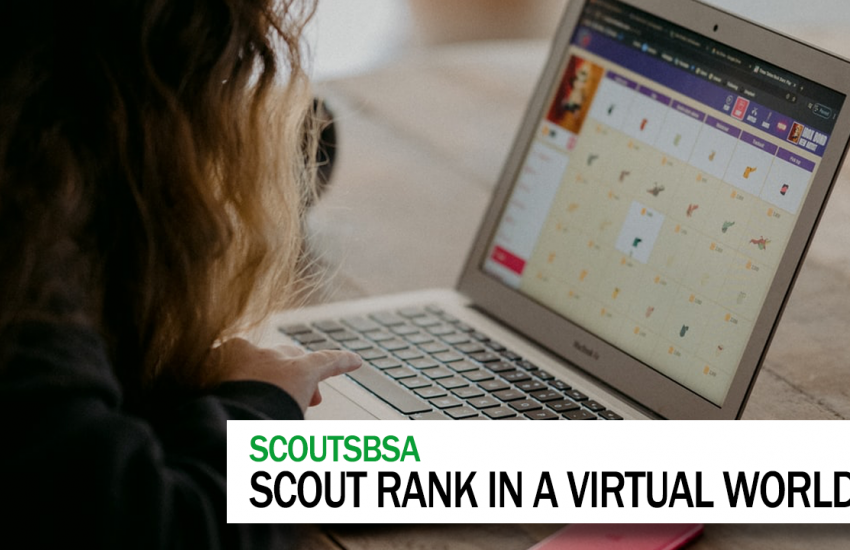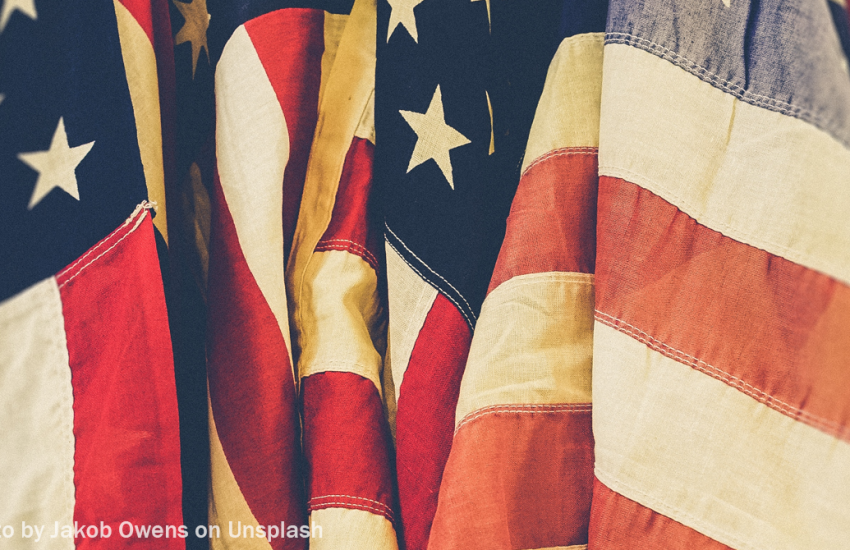Scout rank in ScoutsBSA in person or via distance education in the wake of the Corona lockdown.
Show Notes:
- Scouting at Home
- 25 Fun Projects to Do at Home
- Remote Scouting
- Scout Rank Requirements (PDF)
- Knots (from: NetKnots.com): Square Knot, Two-half Hitch, Taut Line
- Whipping a rope (AnimatedKnots.com)
Transcript:
The interesting thing about this Scoutmaster Dave is it is more about getting new scouts to the Scout Rank then it is about the issues of getting scouts to rank virtually.
Here we will break Scout rank into 9 meetings to complete the journey to Scout. Your mileage might vary depending on how in-depth you go with each subject.
There are 17 requirements to get to scout rank and of those requirements there are a total of 31 discrete items to complete, some of which are harder at a distance than others.
But lets start from the top.
In our first meeting we start with item 1c and 6. 1c, Demonstrate the Scout sign, salute, and handshake. Normally when we do this in person we have the scouts each take a turn to shake the scoutmaster, or leader’s hand. It’s a good opportunity to explain why it’s important to look someone in the eye while shaking their hand with a strong grip, as most often you get the dead fish handshake and they look everywhere but at you.
At a distance this is easily accomplished with a parent or guardian. It also gives you the opportunity to include a parent in on some of the basic training.
Remember when doing any sort of interaction online it’s important to include a parent or guardian on the call. Usually you will have two leaders in the room, but online this is obviously more difficult. All in total this is about 20 minutes
The next part of this first meeting is actually beneficial being at a distance, as it is the cyber chip and Parents guide. While you don’t need to do this with the scout, you do need to explain it to them so they can go and complete it.
Meeting 2, I like to look at as laying the groundwork. Now where it’s possible it’s best to have the troop guide or senior patrol leader giving all the parts coming up. You might however have traditions in your unit of a particular adult handling a part or two, an of course this is ok as well.
Meeting 2 consists of 2a, 2b, 2c, 2d and 3a. Any in total depending on how you do it can take an hour. They consist of how the scouts provide it’s leadership, how scout advancement works, the different ranks and how to get them, an explanation of Merit badges and the basics on patrols and the patrol method.
While I personally like to explain the advancement process, ranks and merit badges, the leadership and patrol method parts are natural places to bring the troop guide into the discussion.
Meeting 2 is where we also let them pick a patrol leader, as we explain what it means to be a patrol leader. Generally, in out troop for new scouts we pick a new patrol leader each month from the time they cross over to June when we have our normal patrol leader elections. It gives them a taste of what it means to lead and also lets more than one or two boys a chance to try it on.
Meeting 3, is about a half an hour long. You can really zip by these or you can really stretch it out. When we do it it can take about 45 minutes or longer.
As we traditionally like to take this meeting very methodically. This is 1a and 1b. Repeat from memory the Scout Oath, Scout Law, Scout motto, and Scout slogan. In your own words, explain their meaning, and Explain what Scout spirit is. Describe some ways you have shown Scout spirit by practicing the Scout Oath, Scout Law, Scout motto, and Scout slogan.
If you are doing meeting 4 and 5 online they can be combined. When we do these in the context of a regular troop meeting we pull the new boys out of the normal meeting. While this has it’s advantages in terms of advancement it does take away from the larger troop experience, so meetings 4 and 5 are designed to be short 10-15 minute sessions to get the scouts integrated into the troop.
Meeting 4 includes 1d and 1e, to describe and talk about the First Class Scout badge and 1e to work on the outdoor code. As we repeat the outdoor code at the end of each meeting, if they basically get it, we move on, as it will be reinforced each week.
Meeting 5 is 1f, the pledge of allegiance. This is one we also do methodically, and it can take 20 minutes. It can also take 5-10 minutes is you go through it quickly.
At the end of meeting 5, we start to introduce the idea of patrol meetings and how they can complete the tasks for week 6. While this is best done in person, doing it via videoconference can work, especially if they can get the idea of teamwork.
Week 6, 3b, is becoming familiar with your patrol name, emblem, flag, and yell. Explain how these items create patrol spirit. Now there is no specific requirement for creating a flag, so we do this as part of the patrol meeting in general. So the meeting sets the expectation that they have had a patrol meeting, discussed all these things and then we talk about it. It is usually a 15 minute exercise, but you can stretch it if need be.
Week 7 – 4a – becomes harder to do at a distance, and this is one that you might need to break into two meetings. Show how to tie a square knot, two half-hitches, and a taut-line hitch. Explain how each knot is used.
At a distance I would show them the different knots and hitched and talk about how they are used, and point them to online resources on how to tie them. If any are proficient already then by all means, via videoconference have them show how to tie them. For those that are not, you may need to recruit parents to help.
The online resources can be a great assistance here, and I’ve included links on ScoutmasterDave.com in the show notes for you.
The good thing though about having one of the scouts tie the knots for the others to see is they get the idea that they can do it as well, which is important if they are not all in the same room, as they can easily get dejected without support.
So, I’ll call the week 7a and 7b, because if you are at a distance, you need to show and introduce the way it works and then give them time to go off and learn it. Week 7b can be all about them showing what they learned. Very interactive in a virtual way.
This brings us to the last of the training weeks, that of week number 8, whipping and fusing.
To do this you need to arrange in advance so you have a parent really standing by, not cooking in the kitchen as the scouts sit at the kitchen table with the laptop, as it deals with fire.
4b, is about whipping and fusing a rope. This can be challenging at a distance, so getting the parent to take an active part is important. For this they will need a piece of rope that has some amount of plastic in it. You can’t fuse a rope that is just cotton, as there is nothing to coagulate. If you have 2 ropes, one that is thicker and cotton and one that has some plastic in it you can use for fusing.
You will also need a piece of cardboard to fuse on to so you don’t make a mess. Additionally we use a tea light as it’s pretty self-enclosed, and we use dental floss for the whipping.
The other part of the meeting is pocketknife safety #5. While this is not totem chip it we do use it to set the stage for what they need to do to earn knife privileges.
The last meeting, meeting number 9 is the scoutmaster conference; This is done individually with the scoutmaster or someone he assigns.
And that’s scout rank.
Take what you like and leave the rest, and as we say in Woodbadge, feedback is a gift, leave yours below in the comments, with the hope we can all learn together.
I’m Scoutmaster Dave, and this was a little on a virtual scout rank.




